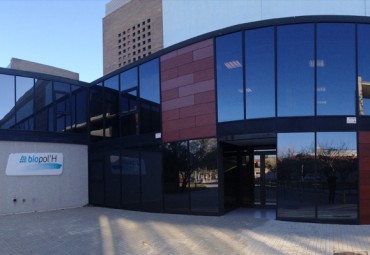Cognitive control and preSMA white matter in Huntingtons disease
Cognitive control, understood as the process supporting flexible, adaptive responses and complex goal-directed thought, comes as a necessary step in language production anytime a speaker needs to actively select a needed word from a set of competing options. A functional neuroanatomy candidate which may be a key territory for language and (language) cognitive control is represented by the pre-supplementary and supplementary motor areas ((pre)SMA). (Pre)SMA cortical territory is connected with the frontal cortex and caudate nuclei through an extensive system of white matter fibers. The major components of this system include the frontal aslant tract (FAT, projecting towards inferior and middle frontal gyri) and fronto-stratial tract (FST, projecting towards caudate nucleus). However, the involvement of these connections in language production in not fully understood. Huntington’s Disease (HD) represents a pathology of genetic origin which is strictly related to degeneration at the level of the brain cortex and striatum. Importantly in this sense, previous studies pinpoint difficulties that individuals with HD experience in language and cognition, all of which makes HD a perfect candidate for studying structure-to-function associations of the (pre)SMA system. Additionally, this pathology can be genetically detected before the onset of symptoms during its pre-manifestation phase, which is why we have categorized subjects into: Controls, pre-symptomatic and symptomatic groups, in order to do an analysis of the connectivity threshold between them. Furthermore, a distinction between left and right hemisphere is also considered in the analysis. We have aimed to explore the involvement of the (pre)SMA system in cognitive control by testing relationships between the microstructural properties of the (pre)SMA connectivity and scores on relevant cognitive tasks.
The microstructural data from our subjects was extracted using probabilistic tractography and diffusion-weighted images (DWI). To do so, we used existing DWI data from 47 HD patients and 35 healthy controls. Cortical regions of interest (ROIS) were defined in standard space according to the Harvard-Oxford neuroanatomical atlas (available in FSL). To enhance anatomical precision, these ROIS were then transferred to each subject´s native space, revised, and used as seeds for probabilistic tractography (FSL Probtrackx). The tractography results are then used to extract microstructural measures (fractional anisotropy, mean diffusivity). Cognitive tasks whose scores are compared with the microstructure of the tracts in order to identify which aspects of Cognitive control are more relevant. This analysis will allow exploring, for the first time, which portions of the (pre)SMA white matter system are the best at explaining variability in performance on various facets of cognitive control.
ZOOM LINK: https://ub-edu.zoom.us/j/99855406782
Or in person attendance: Modular Building, room 1.5
 |

